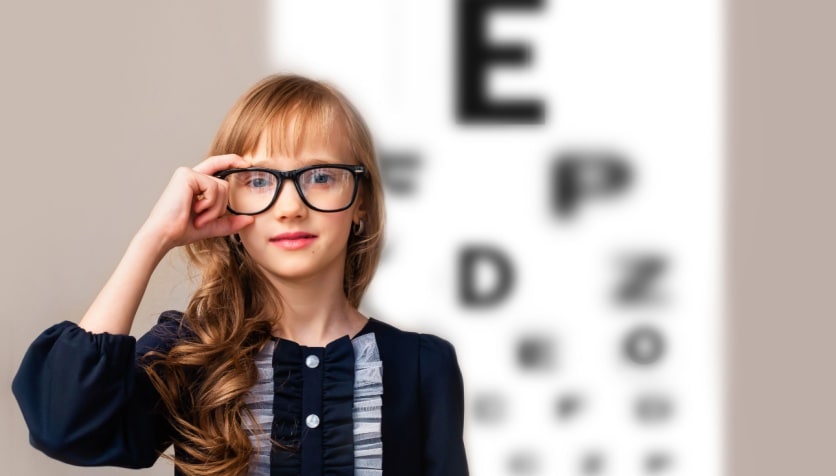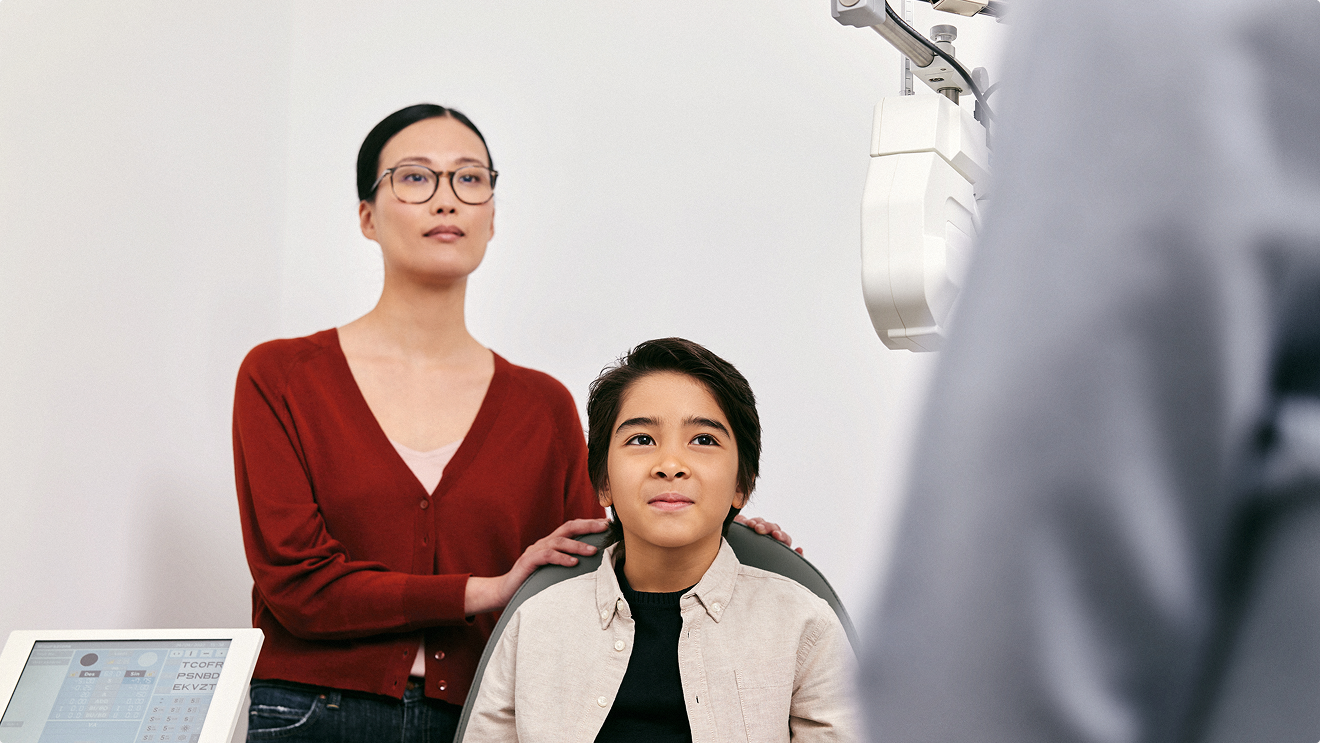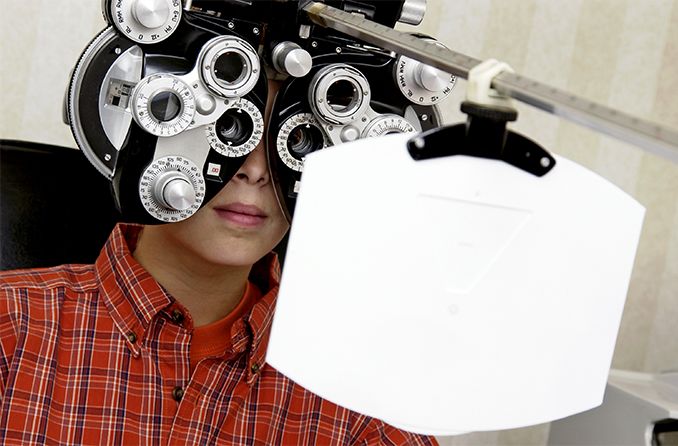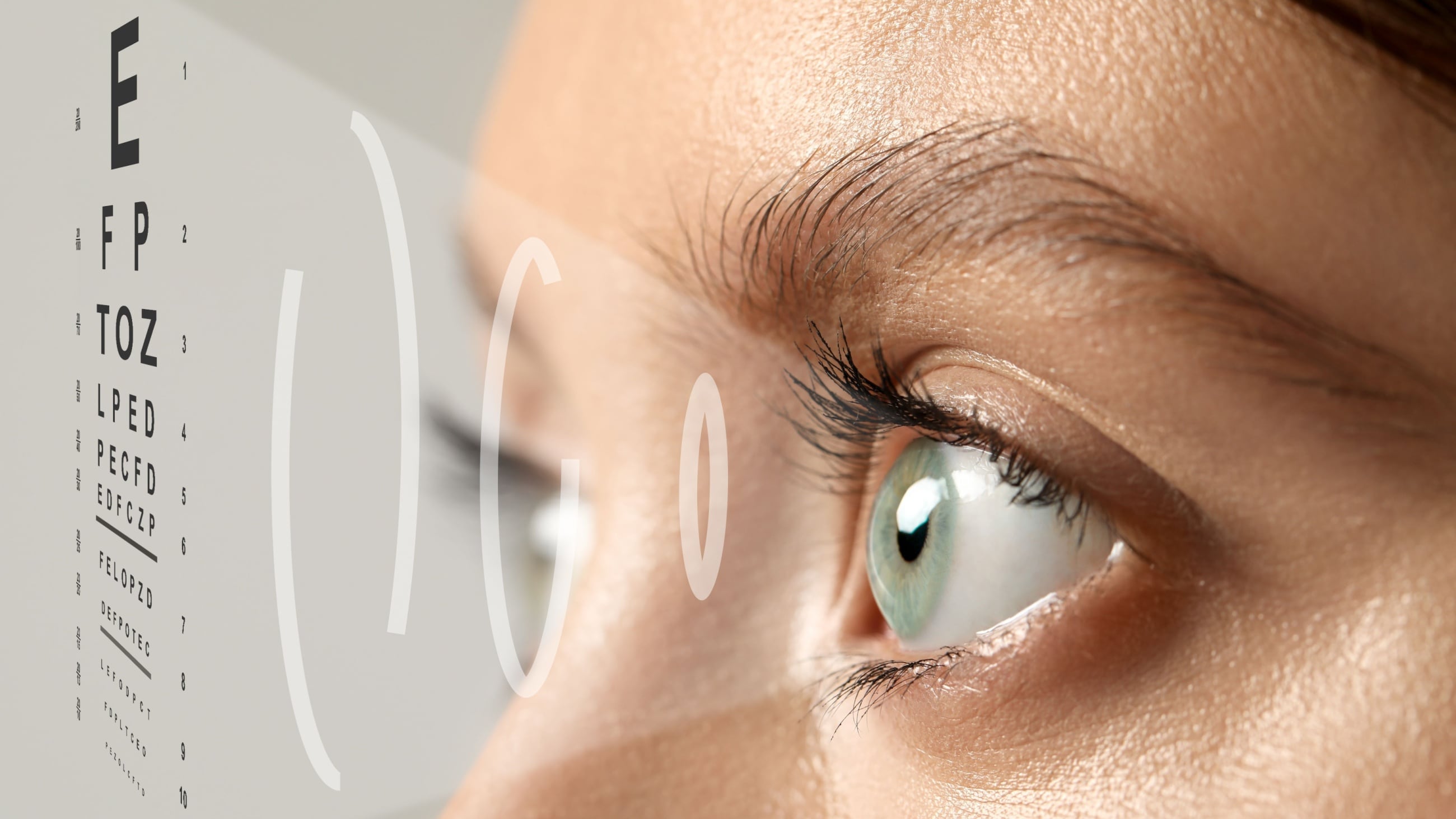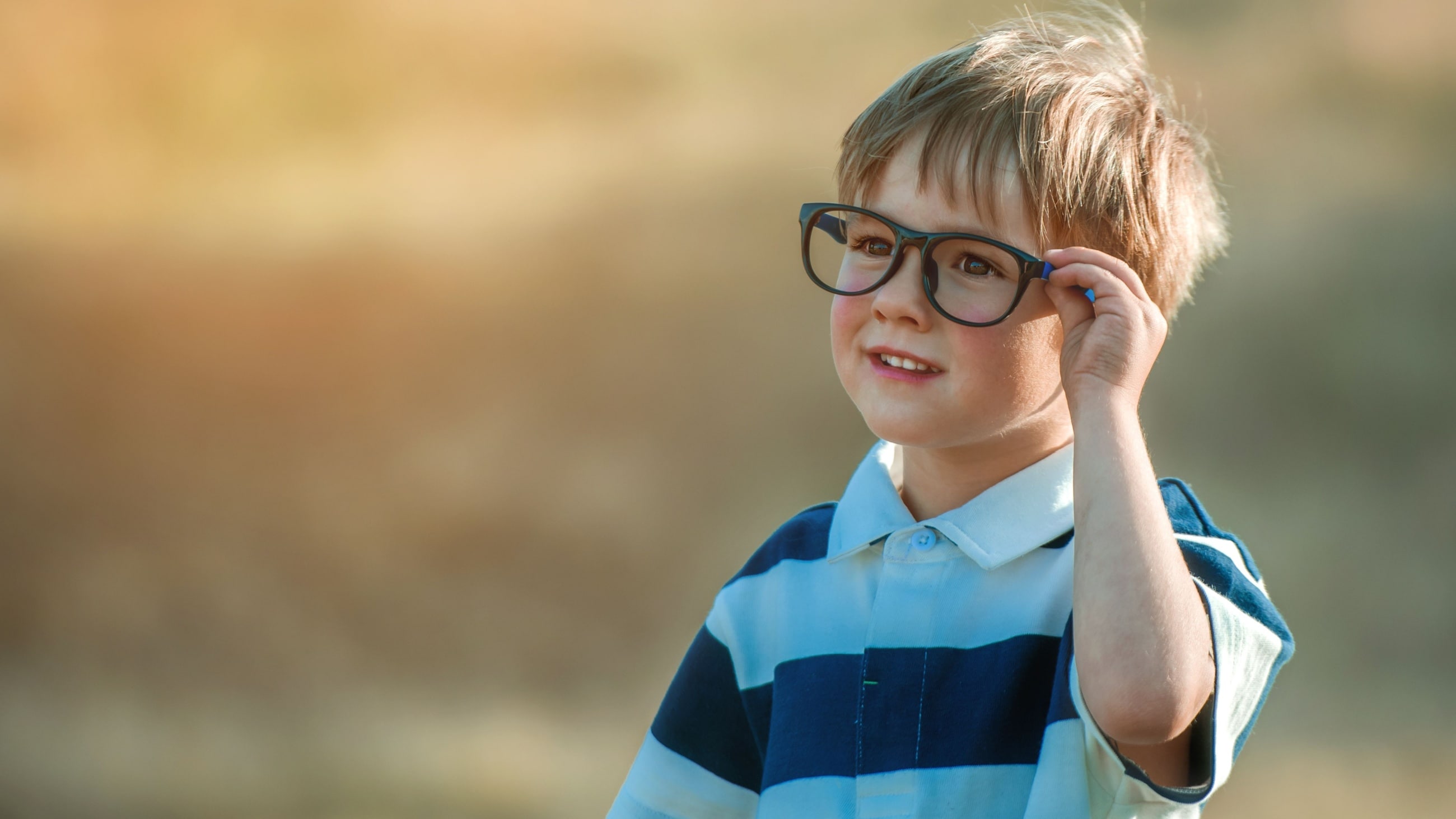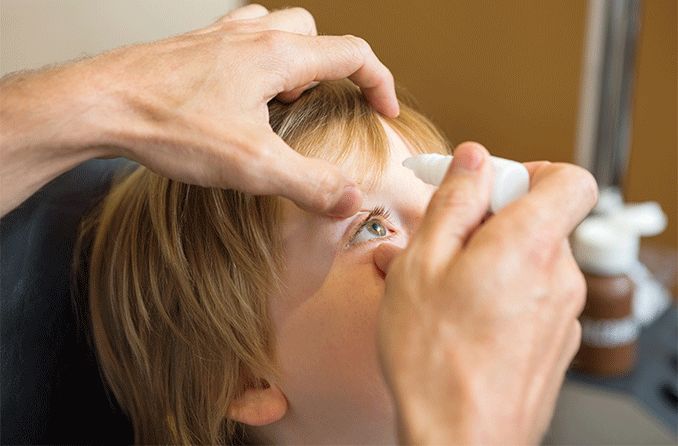Myopia control refers to the ways doctors and parents can help slow down the progression of myopia in children. Slowing myopia progression does much more than keep a child’s nearsightedness from getting worse. Myopia control can be key in reducing their risk of serious eye conditions later in life.
The four main categories of myopia control prescribed by eye doctors are:
Myopia control glasses
Myopia control contact lenses
Orthokeratology (ortho-k)
Atropine eye drops
Adjusting daily habits can also help to reduce the risk for the development and progression of myopia:
Reducing near-work activity and taking more vision breaks
Progressive myopia is nearsightedness that continually gets worse. This can eventually lead to high myopia, or severe myopia. Having high myopia greatly increases a person’s risk for vision-threatening complications, including:
Pathological myopia
Myopia control methods can help to reduce the risk of these complications.
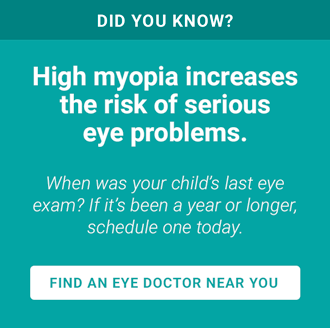
Myopia control eyeglasses
Myopia control eyeglasses work by slowing down the axial growth of the eyes — the main cause of progressive myopia. They focus light onto the retinas in a way that signals the brain to slow this growth.
Traditional single-vision glasses can correct nearsighted vision, but they can’t slow myopia progression. Studies have shown that newer designs of myopia control glasses can slow progression by at least 60 percent.
Multifocal eyeglasses
Multifocal eyeglass lenses are commonly worn by adults who have presbyopia. However, they can also have a mild slowing effect on myopia progression.
Studies have found more progression with single-vision glasses than with multifocal glasses.
Myopia control contact lenses
Myopia control contact lenses work similarly to myopia control glasses. They control myopia by slowing the axial growth of the eyes.
Clinical trials for these lenses found a 59 percent reduction in the participants’ myopia progression.
Multifocal contacts
Multifocal contact lenses are designed for people with both presbyopia and another distance refractive error. Like multifocal glasses, they can also help slow myopia progression, but they are more effective. Multifocal contact lenses can slow progression by up to 50 percent in some children.
Orthokeratology (ortho-k)
Ortho-k is another common vision correction method that can also slow the progression of myopia.
Research has shown that ortho-k can reduce axial growth of the eye by up to 43 percent compared to traditional eyeglasses.
Atropine eye drops
The most common use for atropine eye drops is treating inflammatory eye conditions. They work by temporarily paralyzing the focusing muscles in the eyes.
There is evidence that atropine eye drops are also one of the most effective ways to control myopia. Studies have shown that atropine use can reduce myopia progression by up to 77 percent.
Healthy habits for eyes
Lifestyle factors can also play a large role in the development and progression of myopia.
Studies have shown that spending more time outside in the sun reduces the risk of developing myopia. And prolonged near-work activity has been linked to increased myopia risk.
Parents can help reduce their children’s risk by introducing some simple changes:
Encourage at least 90 minutes of outdoor time per day.
Encourage using the 20-20-20 rule during prolonged near work.
Limit screen time outside of school.
To learn more about nearsightedness and myopia control, schedule an eye exam with an eye doctor near you.
Beth Longware Duff also contributed to this article.

